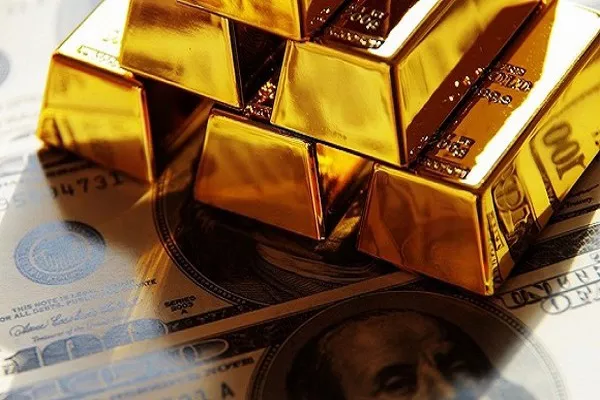Gold prices are reaching new record highs, propelled by expectations that the Federal Reserve will soon cut interest rates. Robert Minter, Director of Investment Strategy at abrdn, believes the best is yet to come for gold, suggesting that Federal Reserve Chair Jerome Powell’s recent testimony to Congress marked a pivotal moment for the markets.
During his two-day testimony, Powell stated that the risks to the economy have become more balanced, noting that “elevated inflation is not the only risk we face.” Following these remarks, gold prices stabilized around $2,400 and broke through a two-month consolidation range, with August futures peaking at an all-time high of $2,470.20 per ounce.
This rally occurs as markets have nearly fully priced in a rate cut for September. Minter expressed that Powell’s shift in focus from inflation is unsurprising, especially given the rising consumer debt in a high-interest-rate environment, which could present significant economic risks.
He highlighted how higher interest rates have increased costs for car loans and credit cards, stressing that numerous credit products are now more expensive than before. “It isn’t going to take much labor market stress to really cause a problem,” Minter warned.
Despite these rising risks, Minter remains optimistic that the Fed can avert a recession, bolstering the potential for gold prices to rise further. He argues that the Fed’s lagging response may lead to more aggressive actions, including faster rate cuts.
As for how high gold prices might climb, Minter is focusing less on specific targets and more on the overall trend and potential for upside. Gold has already surged over 19% in 2024, but Minter believes this is merely the beginning.
He noted that holdings in gold-backed exchange-traded funds have reverted to 2019 levels, and the buying surge during the pandemic has been unwound in the past two years. However, he anticipates a reversal of this trend as the Fed begins a new easing cycle.
“Powell, with his comments last week, sent investors an invitation to gold’s party, and now we are just waiting for the RSVPs,” he remarked. Historical patterns indicate that previous Fed easing cycles have seen gold prices rise significantly, with increases of 57%, 235%, and 69% in past cycles.
Moreover, Minter expects central banks to continue their gold purchasing strategies as they diversify away from the U.S. dollar. He pointed out that emerging market central banks currently hold only about 5% of their foreign reserves in gold, compared to 12% for developed nations.
In addition to gold, Minter is also bullish on silver and copper. While much attention is focused on AI technologies, he believes the necessary infrastructure will demand substantial amounts of copper. He anticipates that silver may outperform gold as momentum in the precious metals market grows, citing past performance during rate cycles where silver often outpaced gold.


